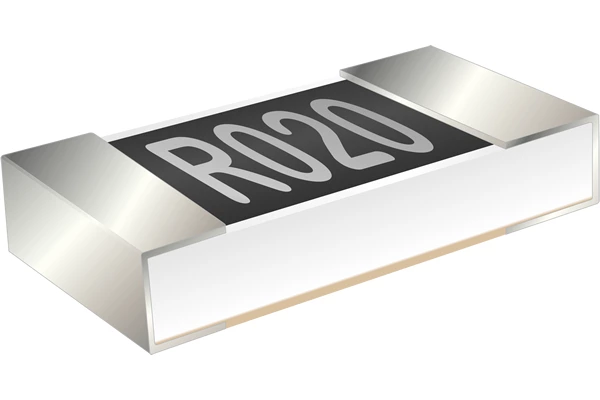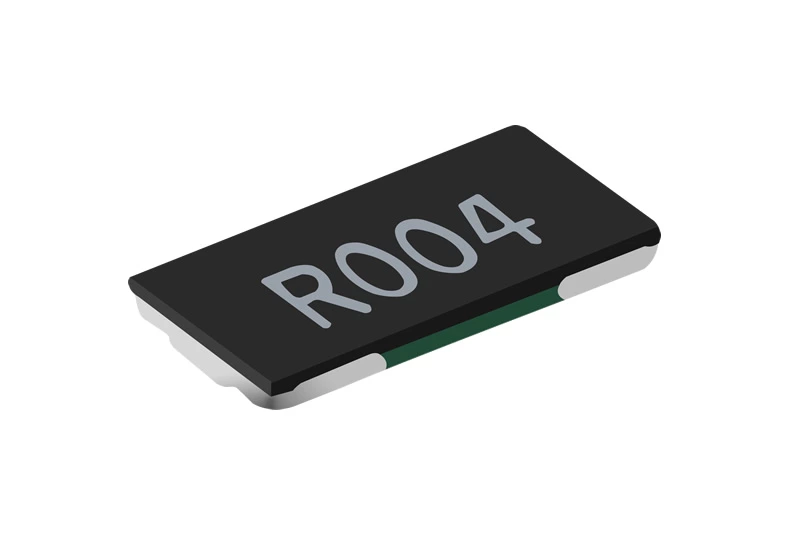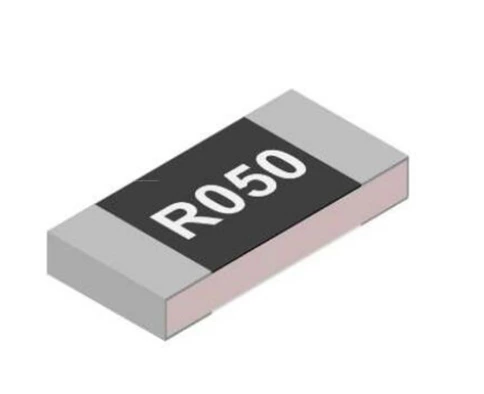Ultimate Guide to Parallel Circuit Resistance Calculations: Formula Breakdown, 7 Common Resistor Types & Applications Explained
In circuit design and analysis, understanding the calculation method of resistors in parallel circuits is of great significance. Parallel circuits are widely used in household appliances, industrial equipment, and many other fields. Correctly calculating the total resistance of a parallel circuit helps ensure the stability and safety of the circuit. This article will introduce the definitions of resistors and parallel circuits, calculation methods, specific calculation methods of resistance, common types of resistors and their applications, etc.
1 Definitions and Characteristics of Resistors and Parallel Circuits
1.1What is a resistor?
A resistor is a component or material that impedes the flow of electric current. Its resistance depends on factors such as the conductor’s material, length, cross-sectional area, and temperature.


1.2What is a parallel circuit?
A parallel circuit connects multiple components (e.g., resistors, capacitors, inductors) across the same voltage source, with each component forming a separate branch. In such circuits:All components share the same voltage, and the current is distributed across the branches, resulting in a total resistance that is lower than the value of any single resistor.

1.3Key features of parallel circuits:
The voltages of all components are equal, and the current is divided. The current flows through each parallel branch; the total resistance is smaller than that of any single resistor.
2.Resistance Calculation Methods and Examples for Parallel Circuits
2.1Formula for total resistance in parallel circuits:
Unlike series circuits, total resistance (RtotalRtotal) in parallel is calculated using reciprocals:
- R1,R2,R3,…… It is the resistance values of each resistor in the parallel circuit.
- Rtotal is the total resistance.
2.2Calculation steps:
Step 1: Identify all resistor values in the circuit.
First of all, it is necessary to clearly identify the quantity and resistance values of all resistors in the parallel circuit. These resistors can be either known or obtained from the circuit diagram.
Step 2: Apply the reciprocal formula.
Calculate using the formula of parallel resistors:
Example: For R1=10 Ω, R2=20 Ω, R3=30 Ω:
After each calculation:
Then, take the reciprocal to get the total resistance:
Step 3: Special cases
For two resistors: If there are only two resistors in parallel in the circuit, a simplified formula can be used.
Example: R1=12 ΩR1=12Ω, R2=18 ΩR2=18Ω
For multiple resistors, use calculators or software for efficiency.
3.Common Resistor Types and Applications

3.1Fixed Resistors:
Carbon Composition Resistors: Low-cost, general-purpose resistors used in basic electronics.
Carbon Film Resistors: Made from carbon film, cost-effective for household appliances and circuits.
Metal Film Resistors: High precision and stability, ideal for(precision instruments) and communication devices.
Metal Oxide Film Resistors: Heat-resistant, suitable for high-temperature environments like industrial equipment.
Wirewound Resistors: Designed for high-power applications (e.g., power supplies, motor controls).
3.2Variable Resistors:
Rotary Potentiometers: Adjust resistance via a knob (e.g., volume controls, dimmers).
Slide Potentiometers: Linear adjustment (e.g., audio mixers, lighting systems).
Trimmer Resistors: Miniature adjustable resistors for circuit calibration.

3.3Thermistors:
NTC Thermistors: Resistance decreases with rising temperature (e.g., temperature sensors, inrush current limiters).
PTC Thermistors: Resistance increases with rising temperature (e.g., overcurrent protection, self-regulating heaters).
3.4Other:
Photoresistors: Light-sensitive resistors used in light-detection systems (e.g., streetlights, camera exposure controls).
Surface-Mount Device (SMD) Resistors: Compact, used in automated PCB assembly for modern electronics.
Precision Resistors: Ultra-low tolerance (±0.1% or less) for medical equipment and precision measurement devices.
Power Resistors: High-wattage resistors (e.g., metal-clad or ceramic types) for industrial motor drives and power distribution systems.
3.5Applications:
Heating elements: Convert current to heat (ovens, heaters).
Light bulbs: Filament resistance generates light.
Current/voltage regulation: Dimmers, volume controls.
Circuit protection: Limit excess current to safeguard components.